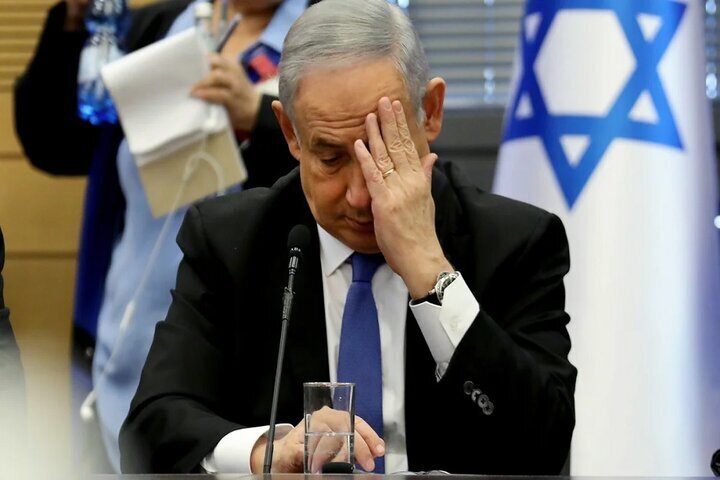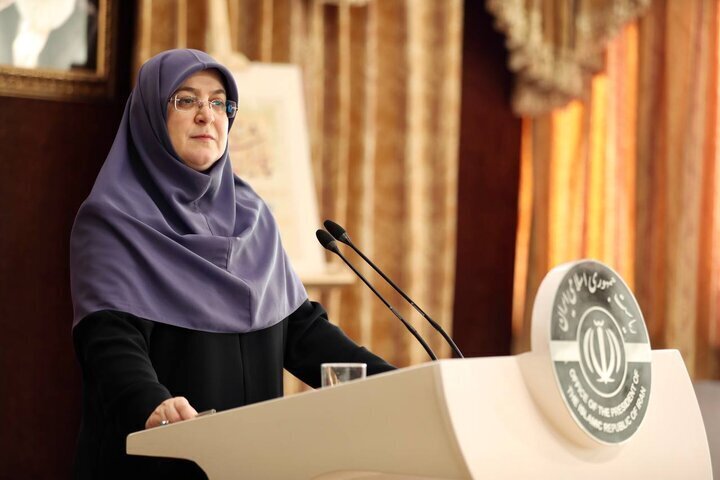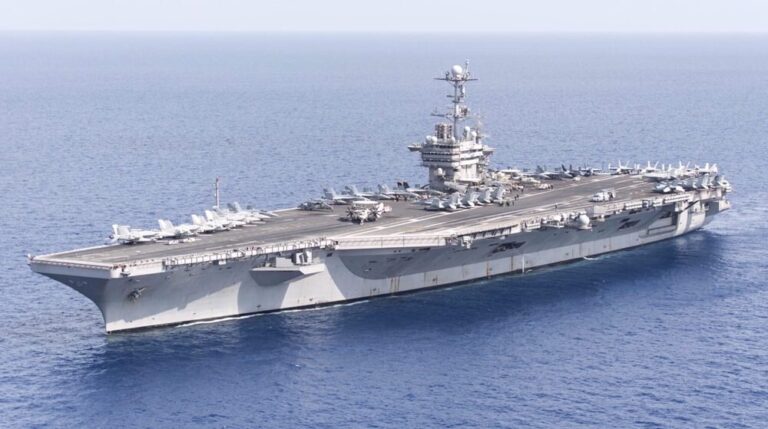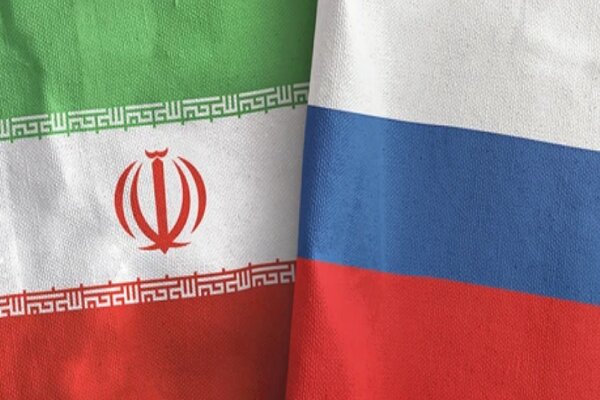Mastering the Art of Diplomacy: The Key to Balanced Arms and Global Stability
As tensions continue to rise in the Middle East, a military confrontation with Iran seems unlikely at this moment. However, ongoing negotiations are expected to be intricate and protracted. The future of U.S.-Iran talks, alongside the potential military actions by Israel, raises critical questions about the implications for both nations and the broader region.
The current diplomatic efforts represent a significant acknowledgment of Iran’s growing influence and strength. While former President Donald Trump appears to support the ongoing dialogues, Israeli Prime Minister Benjamin Netanyahu expresses concern. Through these negotiations, Iran is gaining legitimacy, while the Israeli occupation finds itself increasingly restricted and facing internal challenges due to its inability to achieve military objectives.
- Ceasefire Impact: The ongoing war has played a crucial role in preventing further disintegration of Israel’s political landscape. Had the ceasefire persisted, Netanyahu’s political future would have been jeopardized, and the national budget would have likely faced obstacles in the Knesset.
- U.S. Influence: By breaking the ceasefire, the U.S. has postponed the emergence of contradictions within Israel, although these underlying issues remain.
There is a possibility that if the negotiations with Iran were to fail, the U.S. might encourage Israel to launch a military offensive. However, such an action could be catastrophic; Iran would likely retaliate, inflicting significant damage on Israel. In this scenario, Trump might be seen as limiting Israel’s role, acknowledging that it has become more of a regional liability than an asset, having failed to meet its strategic goals.
This situation could be viewed as a strategy to initiate a conflict as a means to redefine regional power dynamics. Trump aims to influence the balance of power through tangible outcomes, noting that Israel has struggled to defeat resistance movements in Gaza and Lebanon, while facing ongoing challenges from Yemen.
- Missile Developments: Trump has praised Yemen’s advancements in missile technology, indicating a preference for limiting conflicts rather than escalating them.
- Military Engagement: Despite the extensive military resources deployed by the U.S. and Israel, decisive results remain elusive.
The ongoing conflict serves as a unifying factor for the Israeli occupation. Trump’s approach grants Israel the latitude to act, yet if it fails, the consequences rest solely with them. Prior to October 7th, Israel was perceived as a formidable force capable of achieving its objectives, which is why Trump supported its actions, including the Abraham Accords and the relocation of the U.S. embassy to Jerusalem.
The American establishment, represented by key institutions like the Pentagon and the White House, adheres to a long-term strategic vision. It maintains numerous military bases globally and pursues a structured political strategy across various regions. This contrasts with Trump’s more transactional approach, where he backs Israel’s territorial gains only as long as they are beneficial.
If the costs of supporting Israel outweigh the benefits, the U.S. may gradually reduce its backing. This shift could lead to negotiations with the dominant regional power, effectively ending the unsuccessful wars in Gaza, Lebanon, and Yemen.
One notable difference between Trump and the American deep state is their stance on adversaries: Trump is open to negotiating with powerful entities, even those considered enemies, while the deep state is not. Following Iran’s rejection of Trump’s overtures in June 2019, the emergence of indirect negotiations reflects a calmer internal situation within Iran, making it less susceptible to external pressures.
- Weekly Talks: Reports indicate that these indirect talks are happening weekly, helping to alleviate tensions and absorb U.S. pressure.
- Investment Aspirations: Trump envisions Iran as a potential hub for U.S. investment, although Iran is unlikely to accept this as long as American actions remain coercive.
Trump does not insist on the complete dismantling of Iran’s nuclear program, a demand Iran would never comply with. He has made it clear that he opposes Iran acquiring a nuclear bomb.
Ultimately, Trump’s goal is to reach an agreement with Iran—not necessarily focused on uranium enrichment levels, but rather to secure a deal that bears his name. A successful negotiation would signal regional stability, encouraging more openness from Persian Gulf Arab states and Turkey toward Iran while alleviating pressure on the region.
Contrarily, when Netanyahu refers to implementing the “Libya model” for Iran, he implies total dismantlement, fully aware that such a path could lead to war between the U.S. and Iran.
In conclusion, Iran is unlikely to dismantle its nuclear infrastructure entirely. It may consider reducing uranium enrichment and accepting a new agreement, but the process will be inherently fragile due to the lack of guarantees from Washington. As indirect talks potentially evolve into direct negotiations, this poses a significant challenge for Netanyahu and the Israeli occupation.
At the core of this conflict is Iran’s revitalization of the Palestinian cause and its material support for it, while the Israeli occupation serves as a significant project benefiting global capitalism. Iran views the Israeli occupation as a red line, and its regional influence continues to wane, revealing its failures. Should military action be taken against Iran, it will likely be initiated by Israel, which would also bear the initial consequences.






